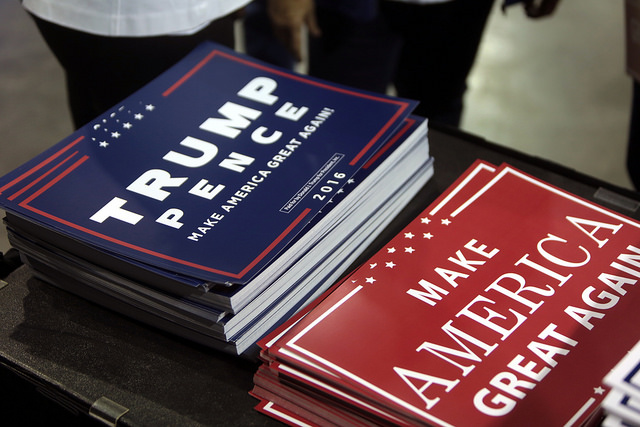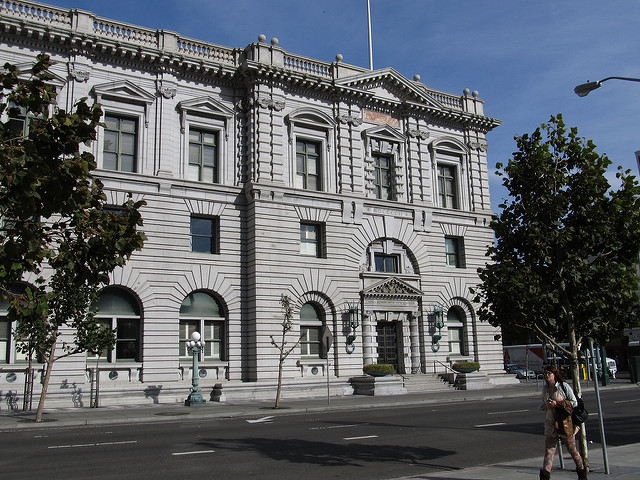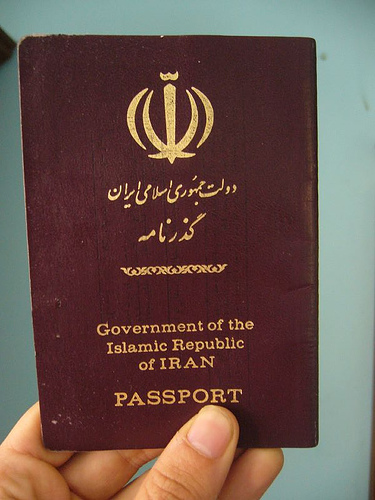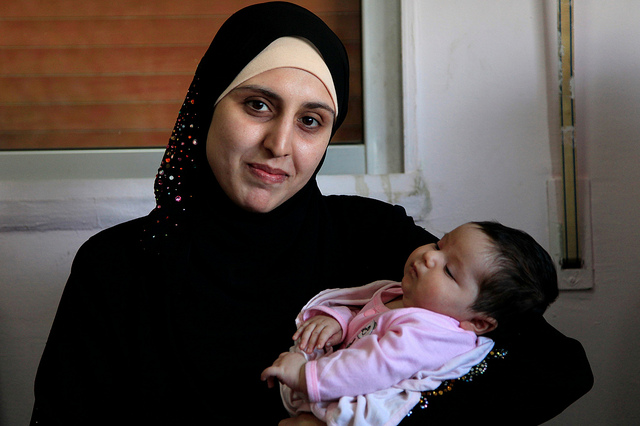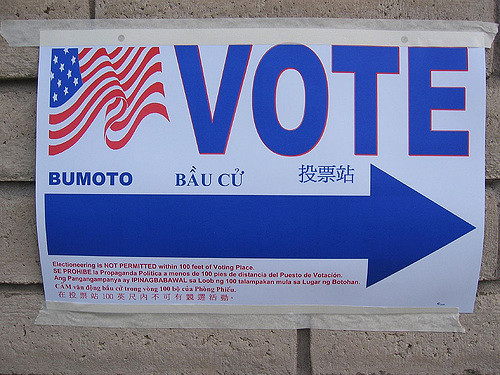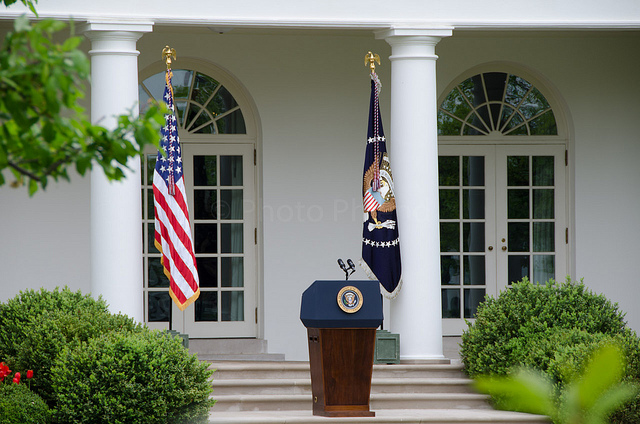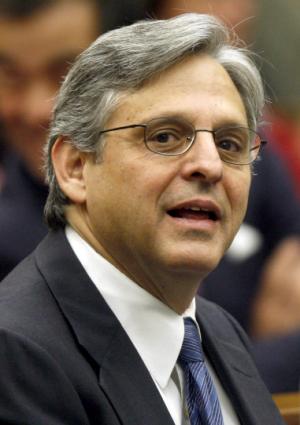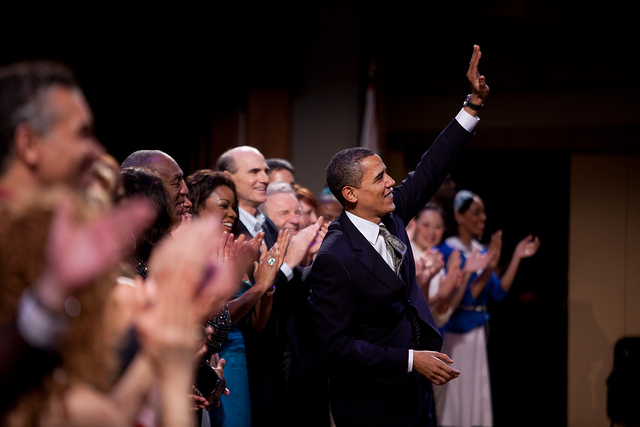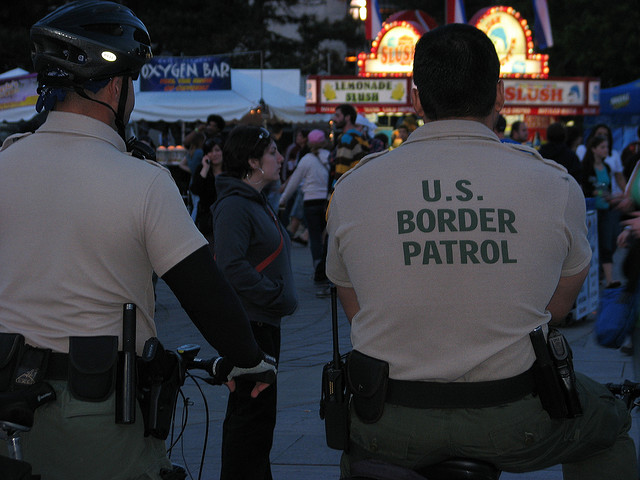USCIS has finally announced that the H-1B computer-generated lottery took place on April 11, 2017 to select the necessary petitions to meet the 65,000 visa cap for beneficiaries holding a U.S. bachelor’s degree or its equivalent, as well as the 20,000 visa cap for beneficiaries holding a U.S. master’s degree or higher. The announcement came a bit late this H-1B season, but you can now rest easy knowing that it has taken place. On April 7th USCIS announced that they had received more than enough H-1B petitions necessary for fiscal year 2018. USCIS disclosed that they received 199,000 H-1B petitions this filing year.
Our office has already received 3 receipt notices for the “master’s” cap or advanced degree exemption, and 2 receipt notices for the “regular” cap as of April 20, 2017.
USCIS will continue to mail receipt notices for selected petitions throughout the month of April and likely into early May.
If your petitioner has been monitoring their bank account closely and has noticed that the filing fees were charged to the account, that means that the H-1B petition was selected. Even if the filing fees have not yet been charged to your petitioner’s bank account, that does not mean that your H-1B petition was not selected. H-1B applicants must wait patiently to see if they were selected in this year’s lottery.
USCIS will not begin mailing out unselected H-1B petitions until around June through the month of July.
As a reminder, premium processing for H-1B petitions was suspended on March 3rd and will remain suspended for up to six months.
 Visa Lawyer Blog
Visa Lawyer Blog


